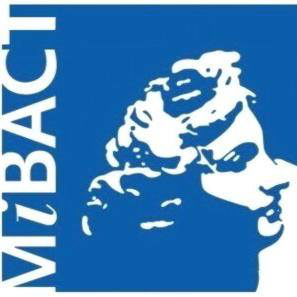Summary (English)
In June and July of 2014, the Via Consolare Project conducted stratigraphic excavations and removal of modern debris in the front room of a shop at VII 6, 14, in the atrium of the next-door house (VII 6, 10.11.16), and in the pavement directly outside of doorway VII 6, 11.
The first trench (AA009), measuring 6m by 5m, occupied the majority of the front room (Room 73) of the north-eastern shop on the block. The second (AA010), covering the majority of the atrium (Room 61) and fauces (Room 60) of the property accessed by doorway VII 6, 11, measured 7m by 5m. The final trench (AA011), was 4m by 1m running between two brick piers that define this same entrance, exposing the northward continuation of features recovered within AA010. Excavation produced 33, 49, and 20 stratigraphic units respectively, but only reached natural soils via small sondages through pre-existing holes in an otherwise well-preserved opus signinum floor of AA 010.
Excavation in AA009 neither reached full depth nor produced natural soils due to the recovery of a preserved AD 79 cellar under a partially collapsed final-phase floor. The creation of the cellar removed virtually all traces of earlier phases. Nevertheless, it was possible to identify preexisting property walls that had been reused in the creation of the shop. The shop appears to have been part of a sizeable, multi-story apartment complex that included construction of the ‘Great Cistern’ on its southern side at the same time. That the walls were designed to bear considerable loads is clear from their massive foundations and the reuse of blocks of tufo di Nocera as ashlar quoins. Excavation of eruptive material suggests the collapsed upper stories of this structure were decorated in relatively high quality decoration. Further investigation into the contents of the cellar and its state at the time of the eruption will await future field seasons.
Cleaning of modern debris in AA010, produced a previously excavated but largely undocumented impluvium covered and surrounded by a mosaic of large tesserae in four different coloured stones. The sequence of building in the structure makes it plausible that the impluvium represents the reuse of earlier decorative surfaces in an otherwise relatively diminutive dwelling. Subsequent alterations to the property include the addition and removal of upper stories, the cutting of a new drain capped with tiles, one of which was stamped with the name ‘Holconius,’ and the creation of a small vaulted sacellum.
Excavation of AA011 recovered evidence of modern piping running along the northern sidewalk of the block, but also the continuation of the drain from AA010. At depth, evidence of a charcoal rich, ritual foundation deposit, possibly related to a change in the insula frontage or sidewalk kerbing awaits further investigation.
Overall, the 2014 field season augmented the understanding of changes related to the creation of the ‘Great Cistern’ and situated the development of this block into its wider urban context between the 3rd c. BC and the 1st c. AD.
- Michael A. Anderson - San Francisco State University
Director
Team
- Claire J. Weiss - University of Virginia
- Clare O’Bryen – University of Queensland
- Erin Pitt – University of California, Berkeley
- Vincenzo Sabini – Soprintendenza Archeologica di Pompei
- Charlene Murphy – University College London
- Robyn Veal – University of Cambridge
- Richard Hobbs – The British Museum
- Victoria Keitel – University of Reading
Research Body
- San Francisco State University
Funding Body
Images
- No files have been added yet




